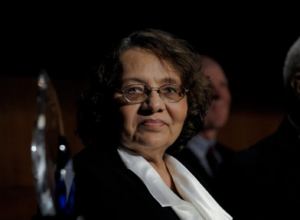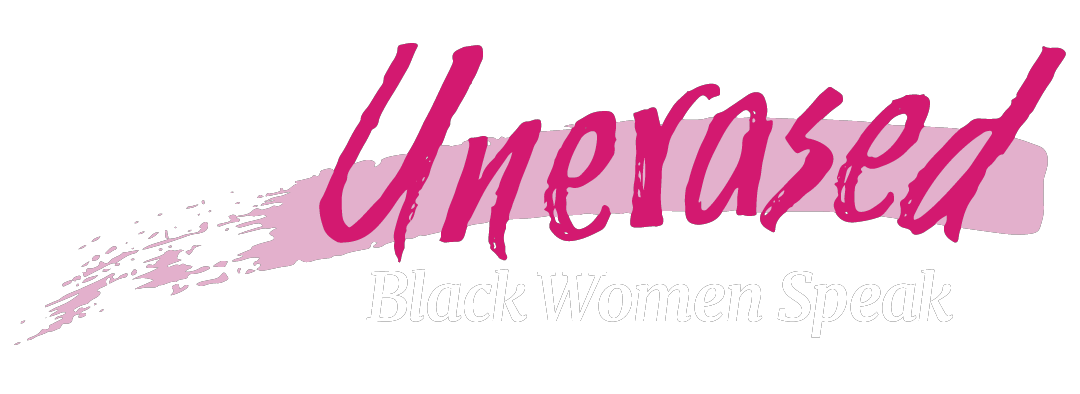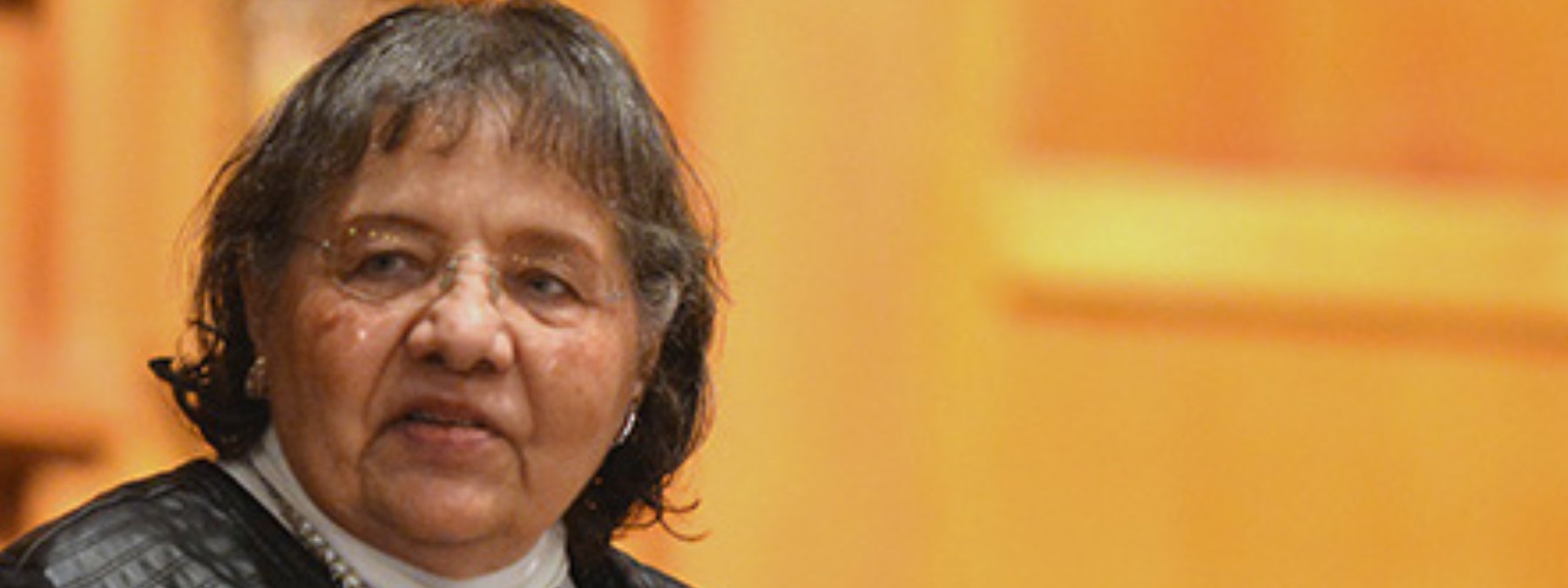 On May 14, 1961, an angry mob attacked the Freedom Riders—a group of civil rights activists who’d spent the past ten days traversing the American South in protest of segregation on buses—as they pulled into a station in Anniston, Alabama. Wielding pipes, baseball bats, bricks and other weapons, the crowd slashed the bus’ tires and tossed a firebomb through a broken window. The Freedom Riders narrowly escaped the burning bus, only to find themselves under assault by the waiting horde. Unable to find another bus willing to transport the protesters, organizers abandoned the campaign.
On May 14, 1961, an angry mob attacked the Freedom Riders—a group of civil rights activists who’d spent the past ten days traversing the American South in protest of segregation on buses—as they pulled into a station in Anniston, Alabama. Wielding pipes, baseball bats, bricks and other weapons, the crowd slashed the bus’ tires and tossed a firebomb through a broken window. The Freedom Riders narrowly escaped the burning bus, only to find themselves under assault by the waiting horde. Unable to find another bus willing to transport the protesters, organizers abandoned the campaign.
Days later, a separate set of activists from Nashville, Tennessee, slipped their last wills and testaments into envelopes and prepared to restart the Freedom Rides. When Attorney General Robert F. Kennedy learned of their plans, he called his assistant, John Seigenthaler, and implored him to dissuade the ten students from continuing their potentially deadly campaign. The first words out of Kennedy’s mouth: “Who the hell is Diane Nash?”
Read more at the Smithsonian Magazine.
DIANE NASH — BOLD AND UNBOSSED
At the age of 24, Diane Nash faced police violence and the threat of a Mississippi prison cell while four months pregnant— but refused to back down. Sentenced to two years in jail for encouraging young people to engage in nonviolent direct action in 1962, she refused a plea deal despite her pregnancy.
Nash said, “This will be a black baby born in Mississippi, and thus wherever he is born he will be in prison…If I go to jail now, it may help hasten that day when my child and all children will be free.”
Years later, the Southside Chicago native would tell a reporter, “I was never one to pick a fight. Then she added, “But I also wasn’t the type to back down.”
That courage would lead her to become an architect of some of the Civil Rights Movement’s most enduring milestones. Yet today, the name Diane Nash remains little known outside the dwindling circle of activists who dared confront the power and fury of white supremacy at her side.
Nash was a guiding force behind the Freedom Rides, the Birmingham Children’s Crusade, and the Selma to Montgomery March. A student at Fisk University when she joined the movement in 1959, Nash described how the daily humiliations and cruelty of segregation influenced her decision. “If you went to downtown Nashville at lunchtime, you’d see all these black people sitting on the curb eating their food because they couldn’t eat in the restaurants,” Nash said.
The strictures said Nash were like a slap in the face and made her feel “subhuman.”
Two years later, Nash would rouse the ire of the Attorney General, “Who the hell is Diane Nash?” Robert Kennedy thundered in 1961 after Nash called to demand protection for Student Non-Violent Coordinating Committee (SNCC) freedom riders. As a leader of SNCC, Nash helped coordinate the Freedom Rides. After Klansmen outside Anniston, Alabama set fire to a Greyhound bus and savagely beat the riders,federal authorities urged SNCC to call the rides off. Nash persuaded SNCC members to continue, insisting that to call off the rides would send the message that violence could derail the movement.
Nash, 85, continues the fight for justice to this day. Returning to Chicago, she was a long-time educator in the public schools and has been an outspoken advocate for tenant and welfare rights and remains deeply committed to racial and gender equality.



